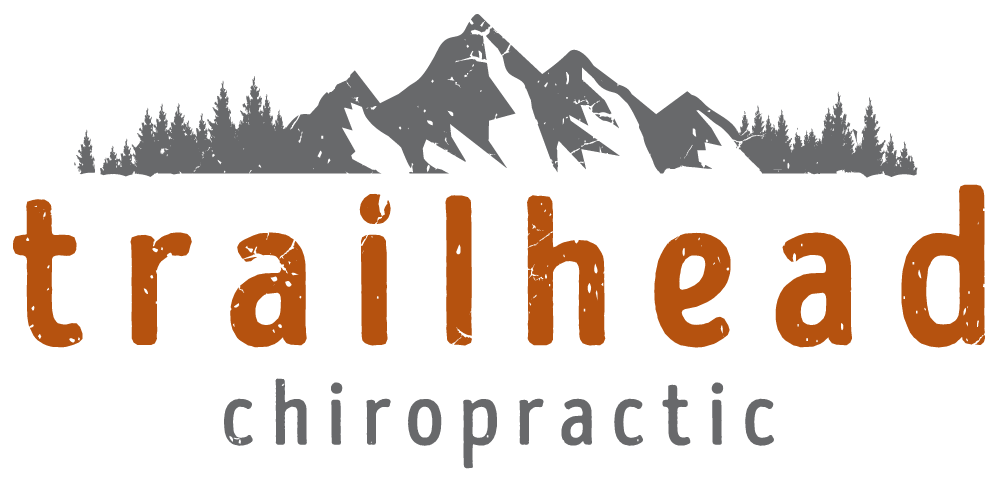ADDICTION
chiropractic and addiction
For over 100 years, Doctors of Chiropractic have said subluxation causes the body to lose its ability to adapt to its environment, and that adjustments restore the bodies natural ability to adapt. Today’s research clearly demonstrates how Chiropractic adjustments help people who have lost their ability to properly adapt to the environment. People who are addicted to the use of recreational drugs will go through an often painful process of withdrawal when they stop using. This withdrawal process is the primary reason an addict will fall out of an addiction treatment program and begin using again. The withdrawal process is a clear indication of a body that is not properly adapting to a changing environment.
Chiropractic helps in treatment of addicts
The March 29, 2001 issue of the Miami Herald tells a story of how chiropractic care is helping those in a Miami drug addiction program. The story starts by explaining how patients in a residential drug-addiction program who received chiropractic care designed to realign their vertebrae completed the treatment program at a remarkable 100 percent rate.
Ninety-eight patients at Miami’s Exodus drug-treatment program participated in the study that was featured in the Journal of Nature magazine called “Molecular Psychiatry”. The study also reported the patients involved in the study at the treatment center who received chiropractic care made fewer visits to a nurses’ station and showed a significant decreases in anxiety.
Dr. Jay Holder, medical director of the Exodus program and the chiropractor who conducted the study said, “Completing a 28- to 30-day program greatly enhances an addict’s chances of staying clean, but nationally only 72 percent of participants make it all the way through such programs.” Holder went on to say, “This correction of what chiropractors call subluxation results in a sense of well-being that allows patients to benefit more thoroughly from the group therapy and medical care of addiction treatment.” “Chiropractic does not treat addiction — it does not treat any disease,” Holder said. “We’re allowing those things that treat addiction to be embraced more thoroughly.”
The participants were divided into three groups. One group got the regular regime of addiction care. The second group got “sham” adjustments (these patient’s thought they had received an adjustment but they had not), while the third group got true chiropractic adjustments to correct subluxations. The group with the regular care and the sham chiropractic had a completion rate in the program of only 74% and 56%. The group that received the chiropractic care to correct subluxations showed a completion rate of 100%! The completion of a drug treatment program are vitally important to preventing addicts from returning to drugs.
